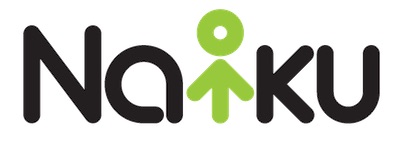In the October, 2011 issue of National Geographic, David Dobbs explains what’s happening in the brains of 12 – 25 year-olds. His observations are based on a National Institutes of Health (NIH) project that studied over a hundred young people as they grew up during the 1990s . The study provides some rationale for why teenagers act the way they do. Understanding how a students’ brain works is key to engaging students in learning. Naiku is a way for teachers to connect with students the way they learn, an opportunity to be more effective teachers.
A teen’s “love of novelty,” Dobbs says, “leads directly to useful experience. More broadly, the hunt for sensation provides the inspiration needed to get you out of the house and into new terrain.” Teachers can engage their students by taking advantage of the new and novel.
Another of Dobb’s points that gives teachers a reason to consider using handheld web devices as much as possible is a teen’s tendency to gravitate toward their peers. Teens want “to invest in the future rather than the past. We enter a world made by our parents, but we will live most of our lives, and prosper (or not) in a world run and remade by our peers.” Teenagers are biologically wired to want to learn how to use devices that will help them survive in the future. Naiku is a cutting edge way for teachers to assess student learning. That fact is not lost on teens; they’re more inclined to learn if the tool is something that they can imagine themselves using in the future. That Naiku will save the teacher a lot of time is a bonus for the teacher in addition to the satisfaction they get from engaging their students in learning in ways that make sense to the teenage brain.

